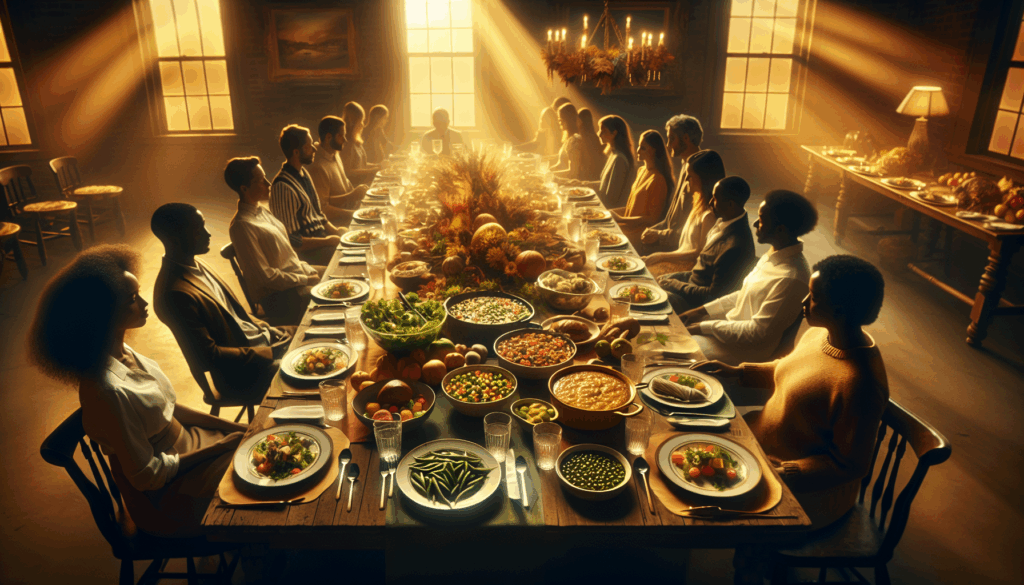Understanding Thanksgiving Food Preferences: The Case of Green Bean Casserole
Thanksgiving is a cherished holiday in the United States, recognized for its delicious food and familial gatherings. However, as traditions evolve, so do the holiday food preferences of those who celebrate. A recent Thanksgiving survey shed light on what many consider essential and what they would prefer to see banned from their Thanksgiving tables.
The Green Bean Casserole Controversy
According to the survey, an astonishing 40% of people stated they would ban green bean casserole from their Thanksgiving celebrations if they had the choice. This beloved dish, which has become a staple on the Thanksgiving table items, is surprisingly polarizing. Following closely behind were cranberry sauce, which 35% of participants wished to remove, and sweet potatoes or yams, at 16%.
Why the Discontent?
While it’s important to honor tradition, it seems that many households may need to consider how preferences have changed over time. The variety and quantity of popular Thanksgiving foods have expanded, and not everyone’s palate aligns with the classic offerings. Instead of completely altering the Thanksgiving menu, perhaps gradual adjustments could be made.
Some families might perceive the need to embrace new recipes inspired by social media trends or culinary explorations. For instance, instead of the traditional green bean casserole, a fresh salad or a vegetable medley could serve as a lighter option that appeals to those wanting to spice up their Thanksgiving meal.
Balancing Traditions and Innovations
While it’s natural to want to ban dishes like green bean casserole, keeping a dialogue open about food preferences can be beneficial. Thanksgiving traditions often come with expectations, and changing them without notice can lead to an uncomfortable atmosphere. It might be wise to have family discussions before the holiday to understand which Thanksgiving table items hold sentimental value and which ones can be modified or swapped out for something new.
Furthermore, the conversation around food and traditions can help everyone feel included. By exploring alternatives like a twist on cranberry sauce or experimenting with various styles of preparing sweet potatoes, families can cater to a broad range of tastes while still respecting tradition.
Embracing Diversity in Thanksgiving Meals
Food preferences are as varied as the people who celebrate Thanksgiving. Acknowledging that holiday food preferences can differ widely allows us to create an inclusive atmosphere. Whether it’s trialing that new green bean casserole recipe or preparing a classic dish from grandma’s old cookbook, the joy of Thanksgiving lies in coming together as a family.
As we approach this season of gratitude, consider revisiting not only what fills your plate but the emotional connections tied to each dish. This Thanksgiving, think about the stories each dish tells and how you can enrich your family’s celebrations through thoughtful food choices.
For further insights into Thanksgiving traditions, visit History.com to learn about the origins of this holiday, or check out
NRDC for tips on making your Thanksgiving more sustainable this year.
Related Reading







